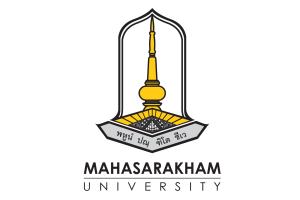
SETTING AND INFRASTURCTURE
Welcome to Ui Green
Mahasarakham University
is located in Maha Sarakham province, the heart of North East Thailand. The university has five campus sites:
History
The historical development of Mahasarakham University, or MSU, may be traced back to March 27, 1968, when it was originally established as the College of Education, Mahasarakham,
The historical development of Mahasarakham University, or MSU, may be traced back to March 27, 1968, when it was originally established as the College of Education, Mahasarakham, for the purpose of extending higher education to the nation’s Northeastern region. Situated in an outer area north of Maha Sarakham, a small town right at the center of the region, the college functioned to produce quality teachers to serve educational institutions of all levels. The college’s status was later elevated when it became a regional campus of Srinakharinwirot University in 1974. At that time there were four faculties: Education, Humanities, Social Sciences and Science. The university finally gained independent status and became Mahasarakham University, Thailand’s 22nd government university, on December 9, 1994, when the University Act was graciously authorized by His Majesty King Bhumibol Adulyadej and published in the Royal Gazette.
Mahasarakham University has since expanded rapidly in terms of both facilities and academic services and has become a comprehensive university, offering undergraduate and post-graduate degree programs in three academic clusters: Social Sciences; Pure and Applied Science; and Health Science. In response to this growth, in 1998, Khamriang Campus was set up in Kantarawichai District, approximately seven kilometers from the original campus.
With 18 faculties, 2 colleges and 1 school currently operating, MSU has been widely recognized as one of Thailand’s fastest-growing universities. The total enrollment has also increased, from fewer than 10,000 in its earlier years to more than 40,000 students at present. Many faculty buildings have been constructed on Khamriang Campus, now the administrative and academic center.
To further extend its academic services to remote communities,the University now has 15 academic service centers in Northeastern provinces.

MSU’s world-class quality has been made clear. Since 2011 to the present, a number of international organizations,
including QS World, University Ranking, SCImago Institution Ranking (SIR) World Report, UI GreenMetric World Universities Ranking, Webometic, 4ICU Web Popularity Ranking, and Alexa Web Ranking have considered MSU as the “fastest-growingworld-class recognized university in Thailand.”
(1) Mahasarakham University (MSU) was originally established as the College of Education in 1968. The college’s status was later elevated when it became a regional campus of Srinakharinwirot University in 1974. At that time there were four faculties: Education, Humanities, Social Sciences and Science. The university finally gained independent status and became Mahasarakham University in 1994. The original campus “City campus” covers 589,600 m2 with the buildings of the 4 faculties (Faculty of Education, Faculty of Cultural Science, Faculty of Tourism and Hotel Management, and Faculty of Veterinary).
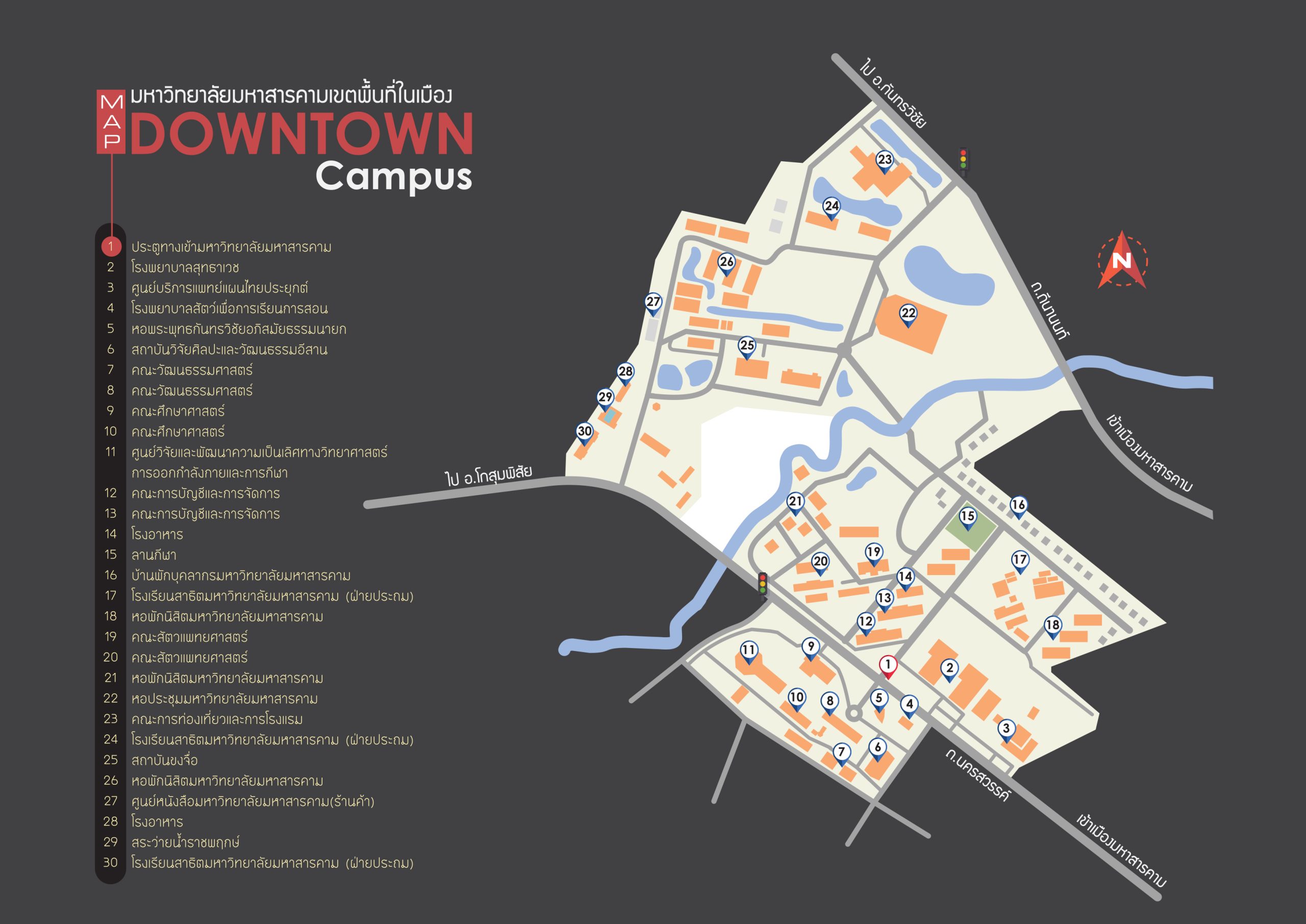
(2) In 1998, Khamriang Campus was set up in Khamriang sub-district, Kantarawichai District, approximately seven kilometers from the original campus, with the area of 1,697,600 m2 . Fifteen faculties and two colleges are located in this campus with all administrative buildings.
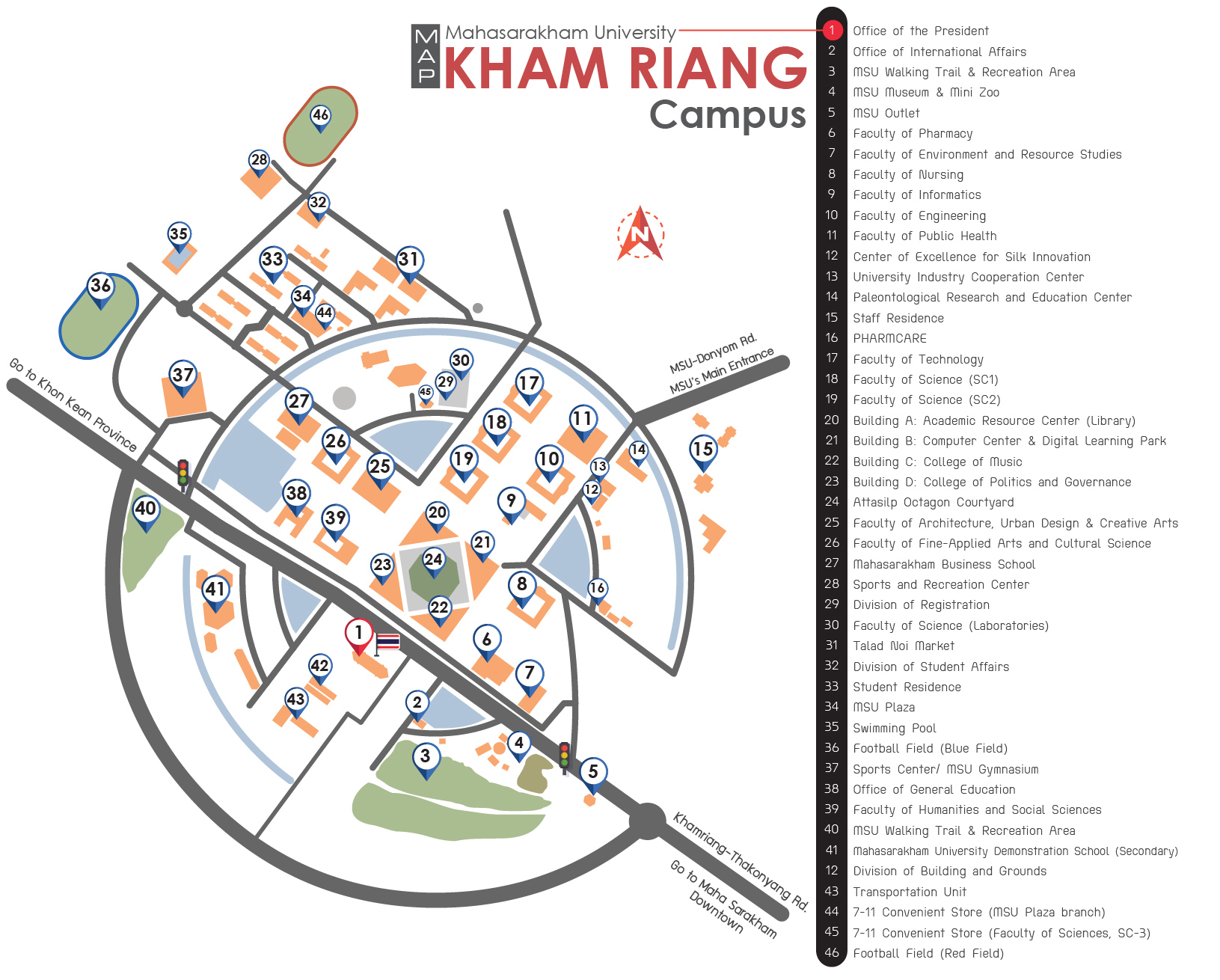
(3) Na-sinuan campus site covers forest and planted vegetation areas of the university with the area of 1,400,000 m2 . It is used for farming of livestock, crop, and fruits and vegetables to provide educational service (mainly for the Faculty of Technology and Faculty of Veterinary), research activities, and academic services to the society and local communities.
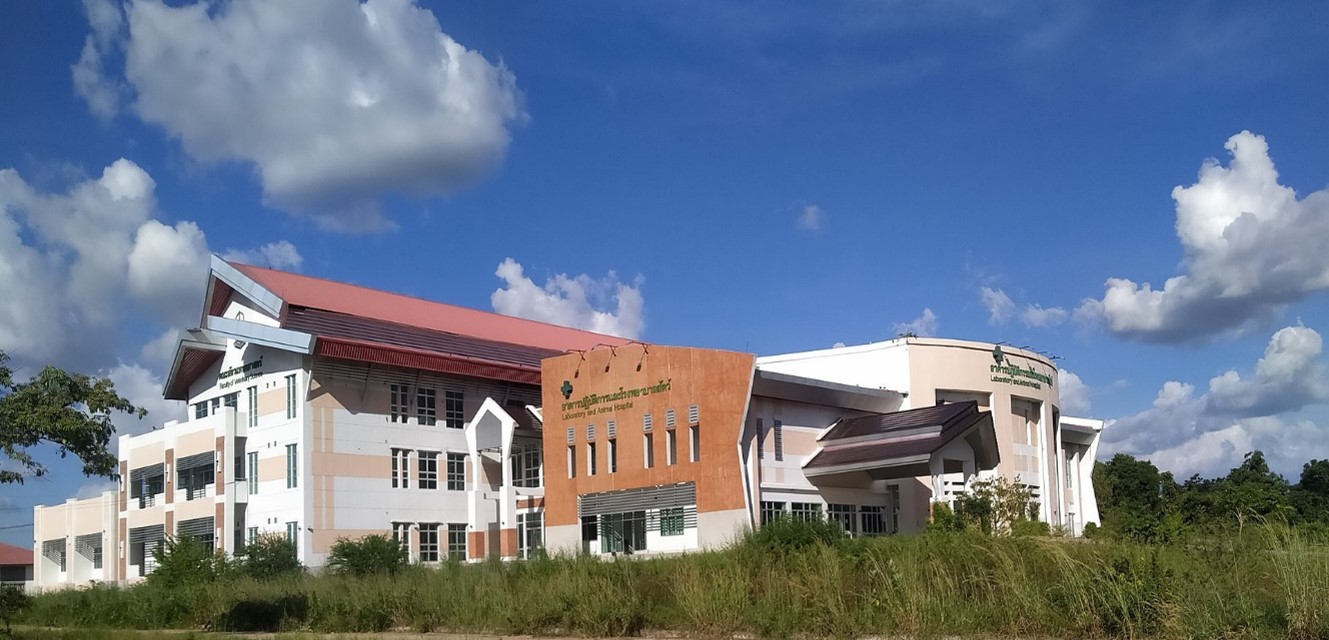

(4) Na doon campus site is in Nadoon district with the area of 1,200,000 m2 . Over 80% of the area is the forest which is used by both community and university. Asarn house museum, a learning center of sufficient economy, guesthouse, a laboratory building for medical plants were constructed and used for all missions of the university (provision of education, innovation from research work, academic services, and development of Isan arts, culture, and traditions).
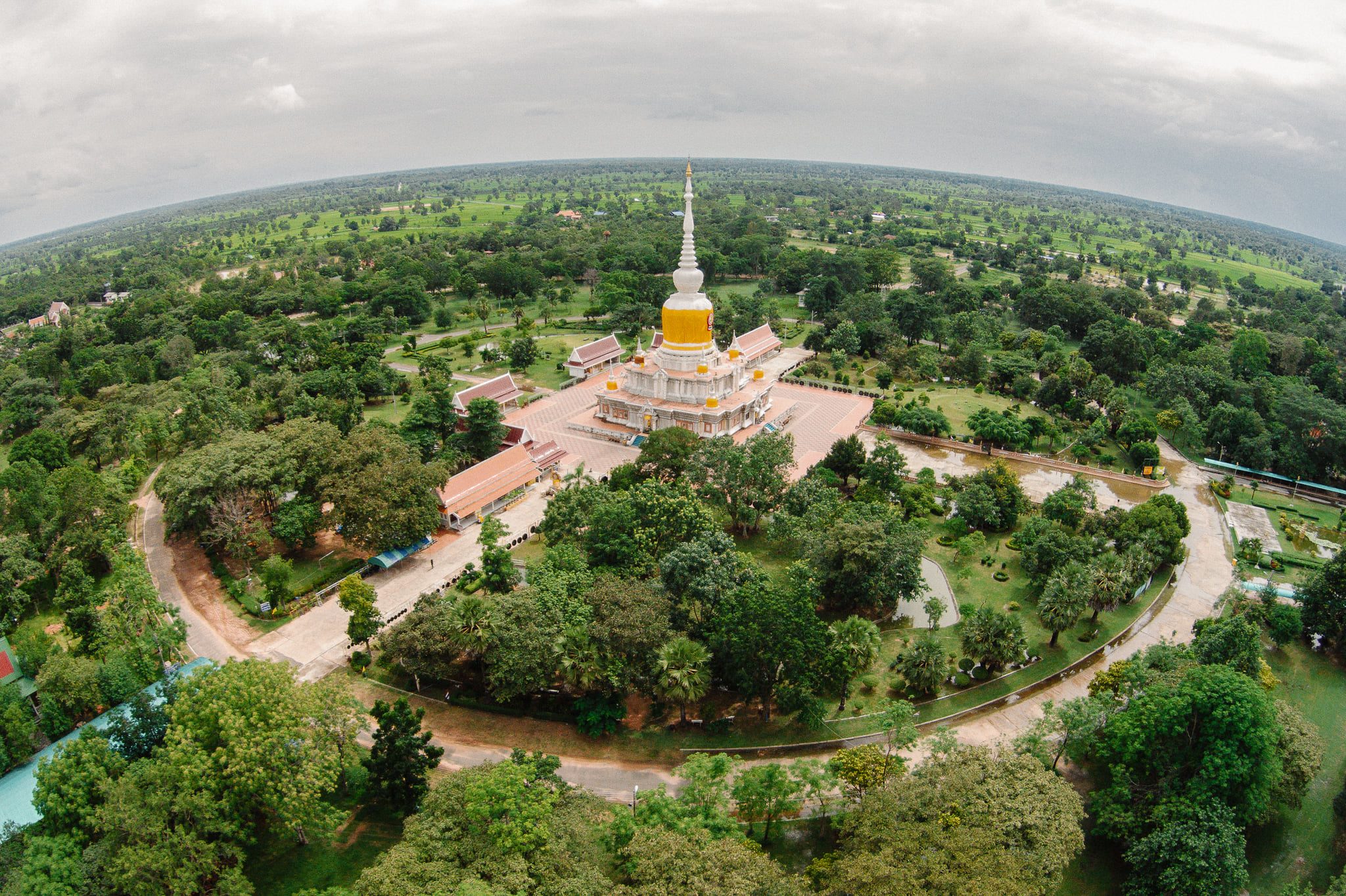
(5) Ban-kerng campus site is in Ban-kerng sub-district with the area of 437,600 m2 . It is a wet land surrounded by Chi river so a diversity of plants were found. This campus provides not only the academic activities but also the trip for hiking and camping.




